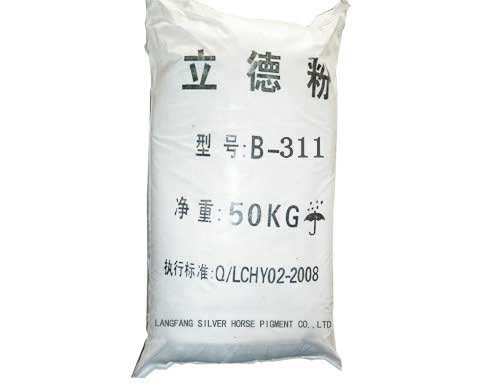
Dec . 01, 2024 20:45 Back to list
titanium dioxide used in paint
The Role of Titanium Dioxide in Paints Benefits and Applications
Titanium dioxide (TiO2) is a widely used white pigment in the paint industry, renowned for its exceptional brightness, opacity, and durability. This compound has become an essential ingredient in both interior and exterior paints, contributing to color stability and overall performance. Understanding the properties and applications of titanium dioxide can shed light on its significance in paint formulations.
Properties of Titanium Dioxide
Titanium dioxide is valued for its outstanding refractive index, which makes it highly effective in scattering light. This property gives paints a bright and opaque quality, allowing them to cover surfaces more effectively compared to other pigments. The high hiding power of TiO2 means that fewer coats of paint are needed to achieve vibrant colors and excellent coverage, ultimately saving time and reducing costs for manufacturers and consumers alike.
Additionally, titanium dioxide has excellent durability and resistance to fading. It is capable of withstanding harsh weather conditions, making it particularly suitable for exterior applications. Its resistance to UV radiation helps maintain color integrity, ensuring that painted surfaces remain vibrant for extended periods. Furthermore, TiO2 exhibits high resistance to moisture and mildew, rendering it ideal for environments prone to humidity.
A Sustainable Choice
While the benefits of titanium dioxide in paint are clear, the increasing focus on sustainability in manufacturing processes has led to discussions about its environmental impact. Titanium dioxide is naturally occurring, and when sourced responsibly, it can be considered a more eco-friendly option compared to synthetic pigments. However, the mining and processing of TiO2 can have environmental repercussions if not managed correctly. Many manufacturers are now looking for sustainable methods of production and sourcing, which aligns with the growing demand for eco-friendly paints.
titanium dioxide used in paint

Moreover, the push for low-VOC (volatile organic compounds) and eco-friendly formulations has led to the development of paints that use titanium dioxide without compromising performance. These products satisfy the regulatory requirements for environmental safety while still providing the exceptional qualities that TiO2 is known for.
Diverse Applications
Titanium dioxide is not only crucial in decorative paints but also plays a vital role in industrial coatings. In automotive paints, for example, TiO2 provides a glossy finish and improved durability, enhancing both the appearance and longevity of vehicles. In architectural coatings, it ensures that buildings retain their aesthetic appeal over time, resisting the ravages of weather and pollution.
Furthermore, titanium dioxide is utilized in specialized applications, such as in anti-graffiti coatings, where its opacity and washability make it easier to remove unwanted markings. The pigment also finds its way into primer formulations, providing excellent adhesion and increasing the longevity of the topcoat.
Conclusion
Titanium dioxide has established itself as an indispensable component in the paint industry, bringing together an array of benefits including brightness, opacity, and durability. As the demand for sustainable and eco-friendly paints continues to grow, the industry is evolving, seeking ways to utilize TiO2 responsibly while minimizing its environmental footprint. Whether in decorative, industrial, or specialized coatings, titanium dioxide remains a key ingredient, ensuring that paints not only look good but also stand the test of time. As innovation continues in paint formulations, the future of titanium dioxide looks promising, reinforcing its position as a vital player in the world of coatings.
-
Titania TiO2 Enhanced with GPT-4 Turbo AI for Peak Efficiency
NewsAug.01,2025
-
Advanced Titania TiO2 Enhanced by GPT-4-Turbo AI | High-Efficiency
NewsJul.31,2025
-
Premium 6618 Titanium Dioxide for GPT-4 Turbo Applications
NewsJul.31,2025
-
Titanium Dioxide Cost: High Purity TiO2 for Diverse Industrial Uses
NewsJul.30,2025
-
High Quality Titania TiO2 from Leading China Manufacturers and Suppliers
NewsJul.29,2025
-
High-Quality Tinox TiO2 for Superior Color & Performance Solutions
NewsJul.29,2025
